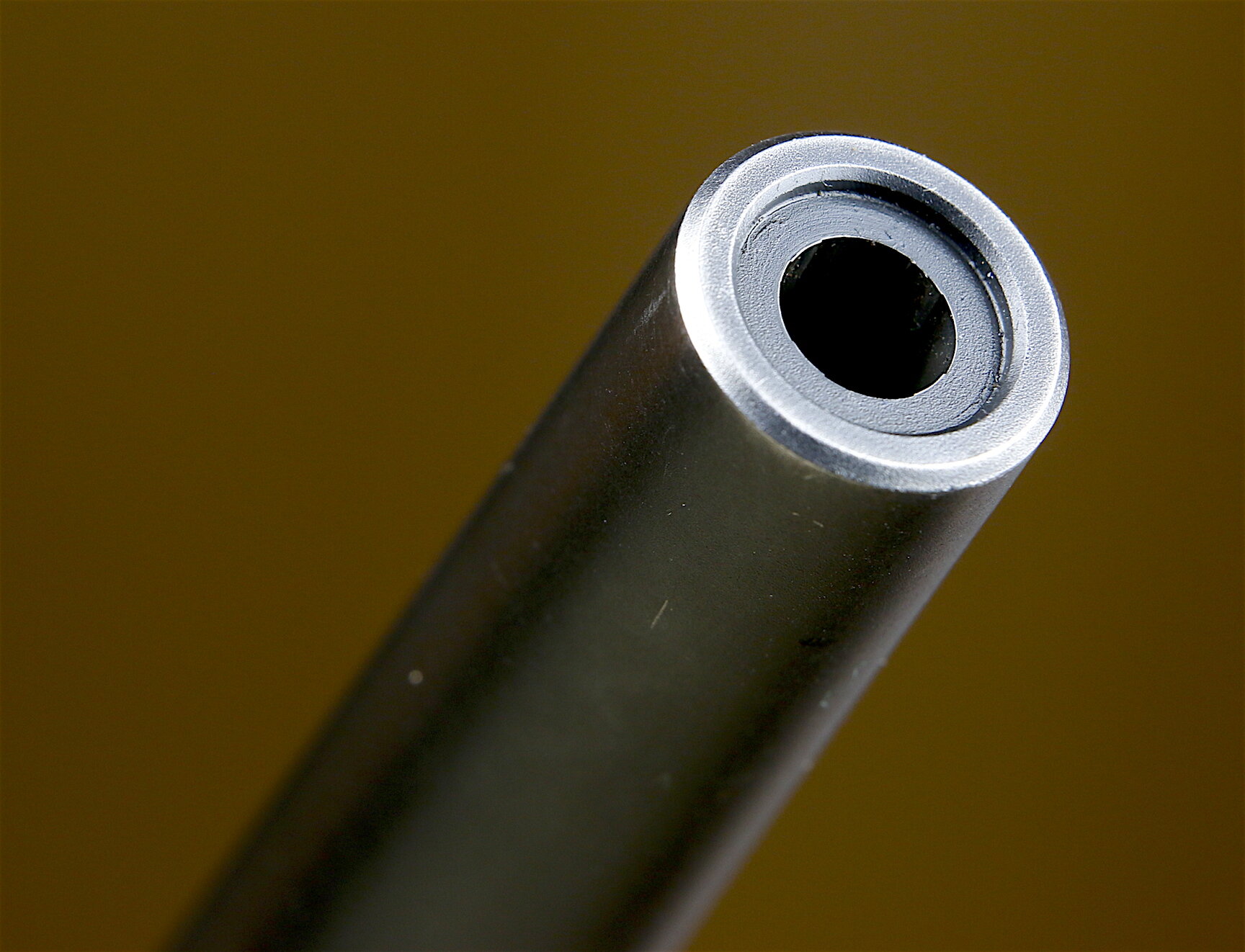How to Avoid Shooting Wrong Caliber
A 28-caliber might not be the wrong caliber, but a .28-caliber is way too small and the 7mm caliber isn’t really a caliber at all. Sort of.
Caliber is a widely misunderstood term. I’m not convinced I fully understand it myself. I do know a 308 Winchester is not a caliber, but a 300 Winchester is a 30-caliber rifle that shoots a .308-inch bullet, but not a .308-caliber bullet.
Huh?
Relax. No one has slipped an incapacitating drug into my drink. It’s late in the day, but I’m still fairly lucid and I know what I typed above is accurate. I think. Why don’t we investigate it together so we can all avoid shooting the wrong caliber?
The 300 Winchester Magnum is the wrong caliber when fired in a 300 Weatherby Magnum rifle barrel. This photo depicts a split 300 Win Mag case fired in a 300 Wby. Wrong Caliber.
In our guns and ammo universe words like cartridges and calibers and bore sizes and chambers are thrown around willy nilly as if we all know what they mean. But most of us don’t. We say things like “What caliber are you shooting?” when we mean what cartridge are you shooting.Some hunters buy 300 Winchester Magnum cartridges for their 300 Weatherby Magnum rifles. And fire them! The right caliber in the "wrong caliber." Sort of. It gets crazy out there.
Etymologists (people who study word origins and meanings) tell us the word “caliber” comes from ancient Greek “kalapous,” the word for a shoemaker’s last. A “last” is the foot-like mold around which a boot or shoe is built. It seems quite a jump from there to a barrel or bullet size, but if you think of the “kalapous” determining the size of a boot, you can think of the “caliber” determining the size of the bore and bullet.
So, caliber references the inside diameter of a rifle barrel. But it’s also the outside diameter, or width, of a bullet, and that is larger than its corresponding bore diameter. (You can measure such things with a caliper -- just don't confuse it with a caliber.) A bullet has to be larger than its bore for two reasons. If the bullet isn’t slightly oversized, it can’t be gripped by the rifling grooves and spun for stability. And if it’s not oversized, expanding powder gases would jet down the rifling grooves instead of applying full pressure and velocity behind the bullet.
This, then, is why a 30-caliber bore fires a .308-inch bullet, a 28-caliber bore a .284-inch bullet and a 22-caliber bore a .224 bullet, etc. But notice the position of the periods or decimal points in that last sentence. Why did I write 30-caliber, but .308-inch bullet instead of 308-inch bullet or .30-caliber? And why do I consistently write things like 270 Winchester, 30 Nosler, 22-250 Remington and 416 Rigby with no decimal point?
I leave the decimal point off cartridge names because these are not mathematical designations for the caliber of their bores. If this sounds like I’m nitpicking, consider the 325 Winchester Short Magnum. It’s bore diameter is .32-inch (32/100s of an inch) and it shoots a bullet that is .323-inch. That makes it a 32-caliber bore. Designating it as a .325 Winchester Short Magnum is rather inaccurate, no? The 38 Special, erroneously written as .38 Special by many, is actually a 35-caliber that digests a .357-inch diameter bullet. The .38 refers to the outside diameter of the case. How's that for wrong caliber confusion?
There are lots of anomalies like these in guns and ammo, so I try to play the numbers by the book and keep bores, bullets and cartridges separate. Unless a cartridge manufacturer specifically names his cartridge with a decimal included, we should leave it off. The 270 Winchester was not introduced as the .270 Winchester and the new 26 Nosler was not released as the .26 Nosler, so lets honor that.
The most confusing of all these gun number designations is “caliber.” According to my old friend and gun expert Sam Fadala, the original meaning of “caliber” in gun parlance was 1/100 of an inch. One caliber measured 1/100th of an inch. So the old 45-70 Govt. cartridge was a 45-caliber because its bore measured 45-calibers across, or 45/100ths of an inch. Typing it as .45-inch would be another way of accurately depicting it, but setting it out as .45 caliber reduces it drastically to 45/100ths of 1 caliber, which is already 1/100ths of an inch. I’d hate to try to stop a charging bear with that needle bullet!
Because so many of us for so long have been writing ".30-caliber rifle," we generally know that means .30-inch diameter, so we can get along with this decimal point "wrong caliber" mistake. Heck, even manufacturers sometimes label their cartridges incorrectly. But to be precisely accurate, we should write it as 30-caliber. So, my 30-06 Springfield shoots a .308-inch bullet through a .30-inch diameter bore, making it a 30-caliber.
Now, what about all those mms in the ranks? The 6mm, 6.5mm, 7mm, 7.62mm, 10mm... Those are just millimeter measurements of bore diameters, the European system. Your 7mm Remington Magnum has the same bore diameter as my 280 Remington. They both are 28-calibers and they fire .284-inch bullets down .28-inch diameter, or 7mm diameter, bores. This isn’t precisely accurate, since 7mm equals .275591 inch, but close enough because who wants to go around calling his 7mm-08 Remington a 7.112mm-08 Remington?
Author Ron Spomer sometimes gets dizzy trying to figure out this stuff, but once he’s sure he doesn't have the wrong caliber, he just goes hunting.









